HTC Vive review: is this brilliant but flawed and demanding product the Betamax of first-gen VR?
It's expensive, bulky, hard to set up… But still so easy to love

-
+
Brilliantly immersive
-
+
Can be worn at length
-
+
Plenty of good games
-
-
Neither cheap nor simple
-
-
Inevitably bulky & cumbersome
-
-
Very few great games
Why you can trust T3

The HTC Vive is up against the Oculus Rift and Sony's PlayStation VR in the race to be the best and most successful virtual reality headset. I'll say right here and now that as a piece of technology, it probably is the best, but that as a consumer device, it probably won't be the most successful.
The Vive can be an absolute pig to set up. Being so new, it naturally lacks a winning number of really strong games and apps. There is no way you'll ever forget you're wearing a headset, and it's demanding in terms of your space, time and cash.
However, when it's firing, the Vive isn't just another consumer tech product; it's a work of art and a stroke of magic. That it's now the official VR partner of Apple OS X only adds to its appeal and cements its place as the 'premium' incarnation of VR, 2017-style.
- Our comparison of the fighters in The Great VR War of 2016 is here
- Samsung Galaxy owner? Want cheap VR? Head this way…
This is what you need
HTC's recommended spec is not hugely arduous, but if you're not a keen and well-funded gamer, it might well still require an upgrade. If you're buying from scratch you should be able to get what you need for well under £1,000 for a desktop, and somewhat over £1,000 for a suitable laptop.
The key thing, as you'd expect, is the GPU, which needs to drive two full-HD screens while handling no small amount of 3D polygon wrangling. The minimum suggested is NVIDIA's GeForce GTX 970 or an AMD Radeon R9 290.
We used a machine, donated by Nvidia, that had a GTX 980. Everything we tried ran fine on that, although as you can see, the install was quite a mess.
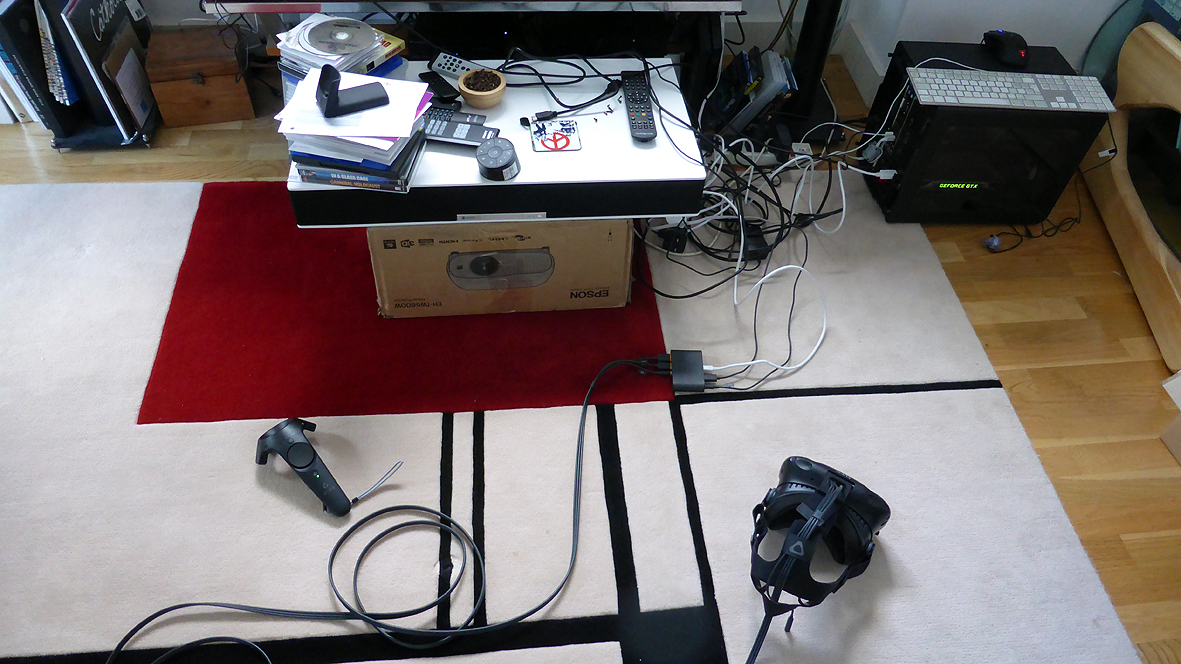
The rest of the suggested minimum spec is an Intel i5-4590 or AMD FX 8350, 4GB of RAM, and Windows 7 and up. You'll also need either an HDMI 1.4 or DisplayPort 1.2 to connect the headset, as well as a further output to attach a TV or monitor as usual - or you could use a suitably powerful laptop.
Please note there is NO WAY to setup the Vive without having two video connections - you can't unplug the HDMI from the TV and transfer it to the Vive. We found that out the hard way.
This is what you get
The Vive headset, two Kinect-style motion-tracking cameras with a very long sync cable (though they can be used wirelessly, at least in theory), a control box for running power, USB and HDMI to the headset, two slighly Wii-esque controllers, and wall mounts for the motion trackers. You get all the necessary power and charging cables, but no video cable for plugging in to your PC.
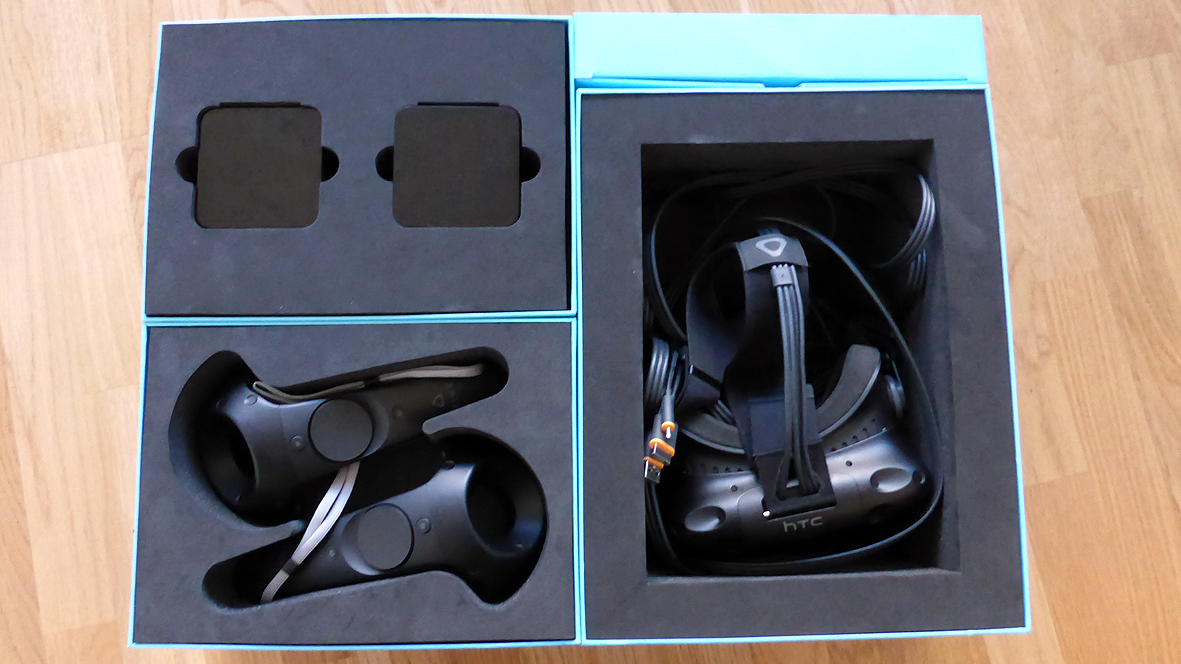
You also gain three apps for your not inconsiderable entrance fee: Job Simulator, which is a good way to demonstrate what the Vive and its controllers can do, Tilt Brush, an art package for making three-dimensional, psychedelic works that hang in space as you walk around them, stroking your beard, and the faintly bog-standard puzzler, Fantastic Contraption.
None of these titles, it must be said, are fantastic. However, they all give a flavour of what Vive can do, and none of them is the kind of physically demanding, adrenaline pumping workout that could lead to broken shins and holes in walls, when used by those inexperienced in the ways of VR.
In theory, what happens next is simple: you download a setup app, calibrate your headset and controllers, and map the dimensions of your room, so Vive's 'Chaperone' system knows where you are, and where you shouldn't go (ie: into the walls, telly or fish tank).
This is where it all goes wrong
I'm well used to setting up kit. It's sort of my job. Setting up HTC Vive is, not to put too fine a point on it, a massive pain in the arse.
The experience was scarred by problems with the following: positioning the sensors, downloading the drivers, downloading the setup software, getting the setup software to run, maintaining connection between the PC and the Vive while setting up, attaching the Vive to the PC in the first place, mapping the space to be used by the Vive, clearing enough space for the Vive in the first place, and running the welcome tutorial. Apart from that, it was absolutely fine. No, it wasn't.
I won't bore you with the details, but it was a royal pain. But I got through it, and my advice having lived through this nightmare is as follows.
• Make sure you have the right cables and ports to connect both your monitor/TV AND the Vive. I know that sounds incredibly obvious, but if you have your PC attached to your telly by HDMI, you might not have a spare HDMI port for the Vive. So address that issue first. The Vive comes with no video cables of any kind for connecting to your PC.
• Don't try to set up the sensors on bookshelves, or by balancing them on things. You need proper, lighting-style tripods of well over 6 foot in height, or you will need to screw the included brackets into the wall.
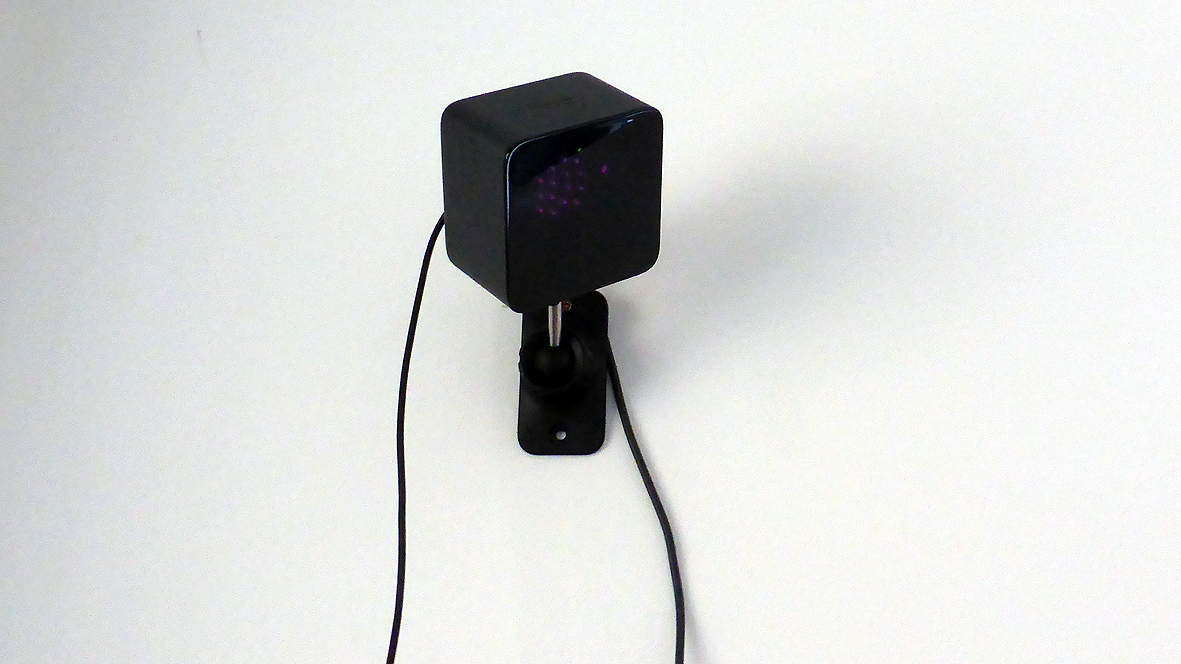
• Make sure you have several plug strips with decent length cables on. You'll need power for the PC, the control box and the two sensors, and the sensors by definition must be at least 10 feet away from each other. You'll also need to plug in and charge up the controllers, of course.
Interestingly, said controllers have no "real-life" charge indicator, but they do have a virtual one that you can see when wearing the headset. Wacky, huh?
• I already had Steam installed on the PC used, before starting setup. It appeared to cause a terminal problem when setting up, and I ended up uninstalling it so the setup app could download Steam (plus SteamVR, of course) and install it again. So if you're having similar problems, try that.
• Once the Vive and SteamVR apps are in place, you need to do room setup. This was a bit of a nightmare for me but I got there.
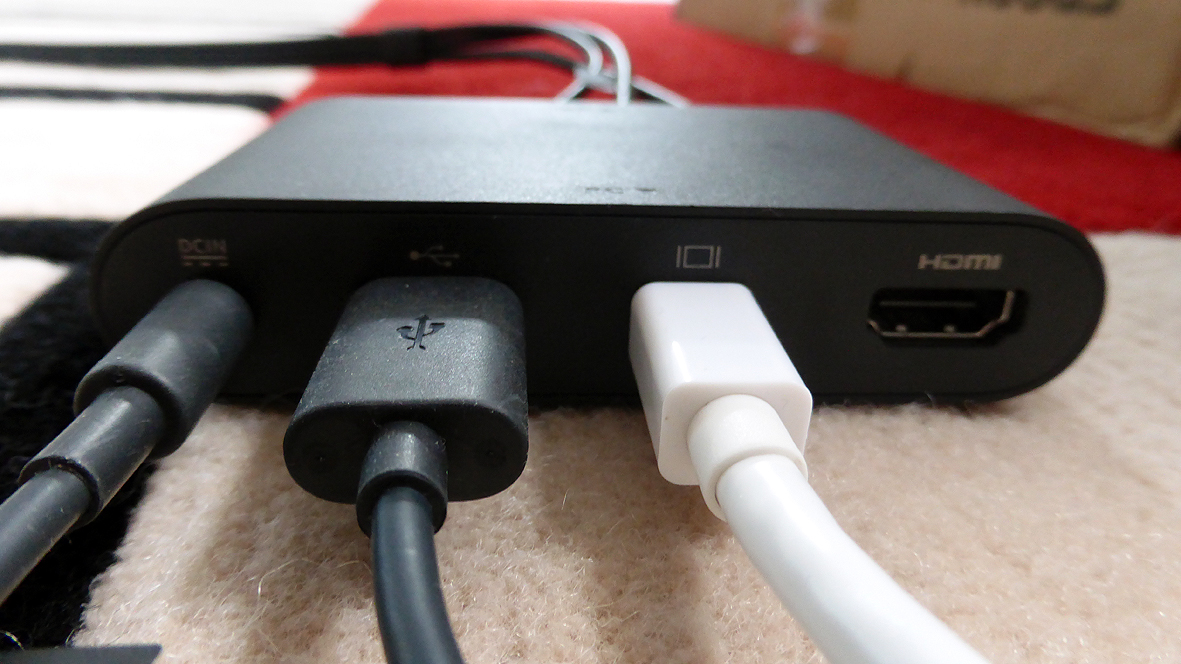
The key component here is this controller box. Top tip: if the app can't "see" your controllers and headset, go into developer settings and click "remove all USB devices", unplug the controller box's power and USB, then plug it all back in again and let the drivers download anew… Aaaaand breathe.
• Clear it with your partner. Is your other half not into tech in general and gaming in particular? Is the front room the only place you've got space to set it up? Make sure they don't ABSOLUTELY F**KING HATE IT. My partner really wasn't keen. He wouldn't even try the headset on. Not once. And obviously watching the lounge TV was now impossible.
• Make sure you have cleared AT LEAST 2m x 1.5m of empty space. That is the minimum required, and it really is required. I initially had 1.9m x 1.5m of space and it wasn't having that. No sir.
Even with 2m x 1.5m, you'll feel very hemmed in with some titles, although Vive does have several genius features to ensure you won't walk into your cactus, or smash your TV to pieces whilst slaying zombies. Oh and some titles literally won't let you play them at all, as they have larger spatial requirements.
In fact, I'd go so far as to say that about 2.5m x 2m would be my recommended space. And in most British, urban homes, certainly in London, that is a LOT of space. Then again, you've just shelled out 700 quid for a gaming accessory. Maybe you're minted.
• You can setup the Vive to use whilst stationary - sitting or standing. But why on earth would you do that when what you'd have is, in essence, Oculus Rift but more expensive? You'd have to be mad. So don't do that.
This is why it's worth the hassle
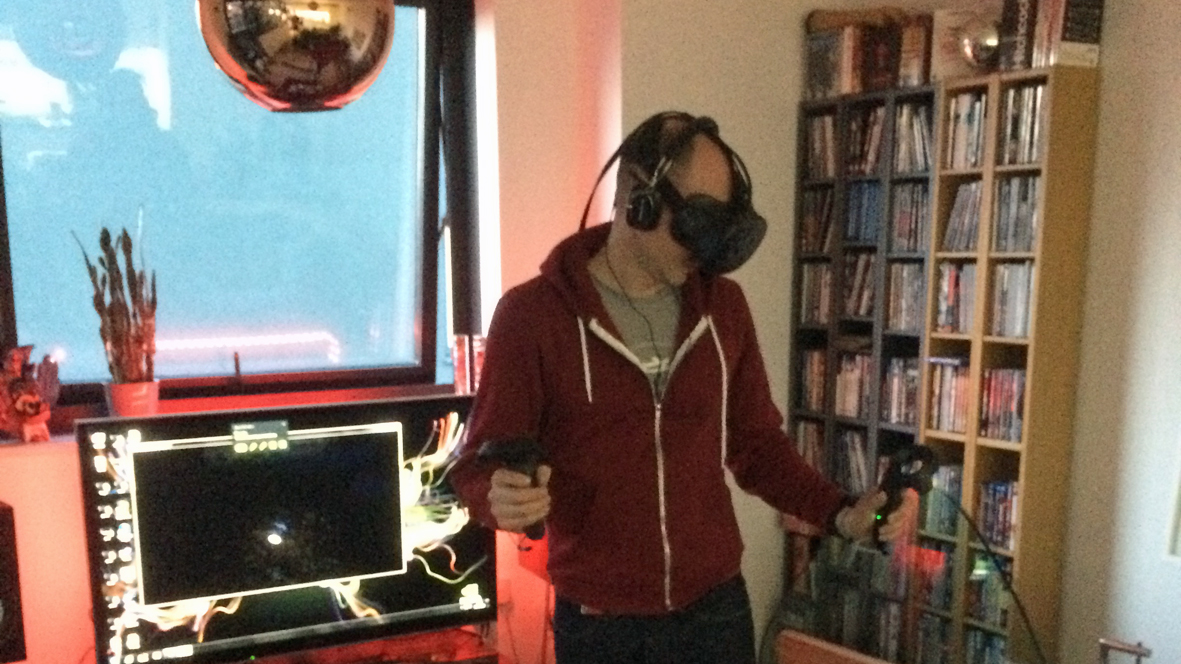
Not only is Vive a visual experience to match Oculus, the fact that it also adds full body tracking, comparable to Kinect, although the underlying tech is different. This lets you physically move around in virtual worlds rather than just observing them from a stationary viewpoint. That, for me, means it's a better overall experience.
Many of the games currently available on Steam would largely not be considered amazing if they didn't utilse VR. They're glorified Wii games. But the thing is, they DO use VR, and as such, most of them are incredible, immersive fun to play, for short bursts, with a few that are suited to longer-term play.
For all the hassles of setting up Vive, which I've dealt with, and using Vive, which I'll come to shortly, it was a genuine wrench to see my review unit go.
Would I seriously consider spending the necessary 2 grand or so to own one with a suitably powerful laptop (that seems the ideal way to go; preferable to desktop)? I can't make up my mind. But having it for no money was certainly a lot of fun, once the horror of setting it up was out of the way.
Design, build and comfort
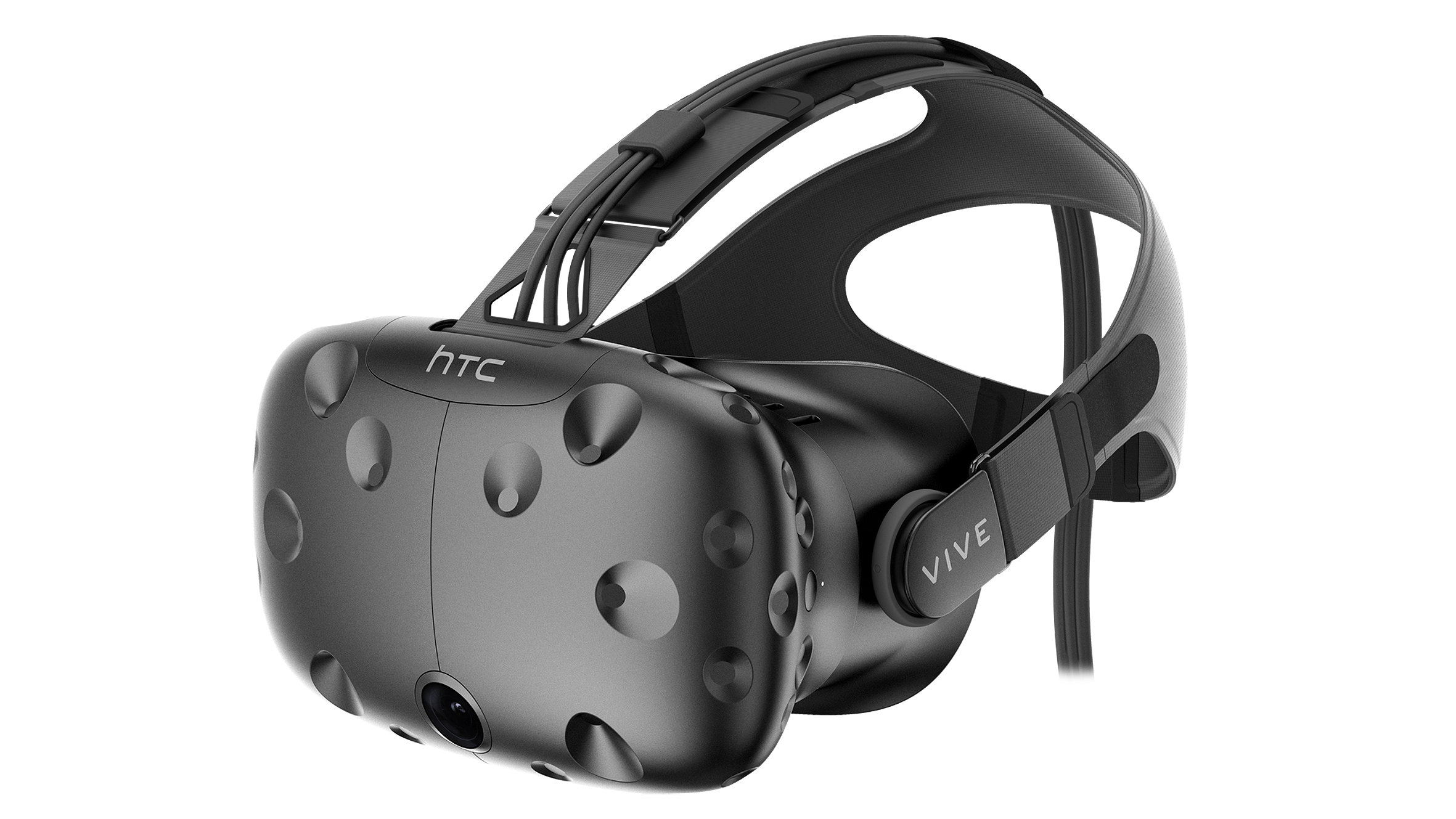
The outside of the HTC Vive looks much like the Oculus Rift. It's got the familiar trapezoid shape, but it's augmented by a load of little reflective sensors all around the frame. These are recognised by the two cameras you'll put in the corner of each room.
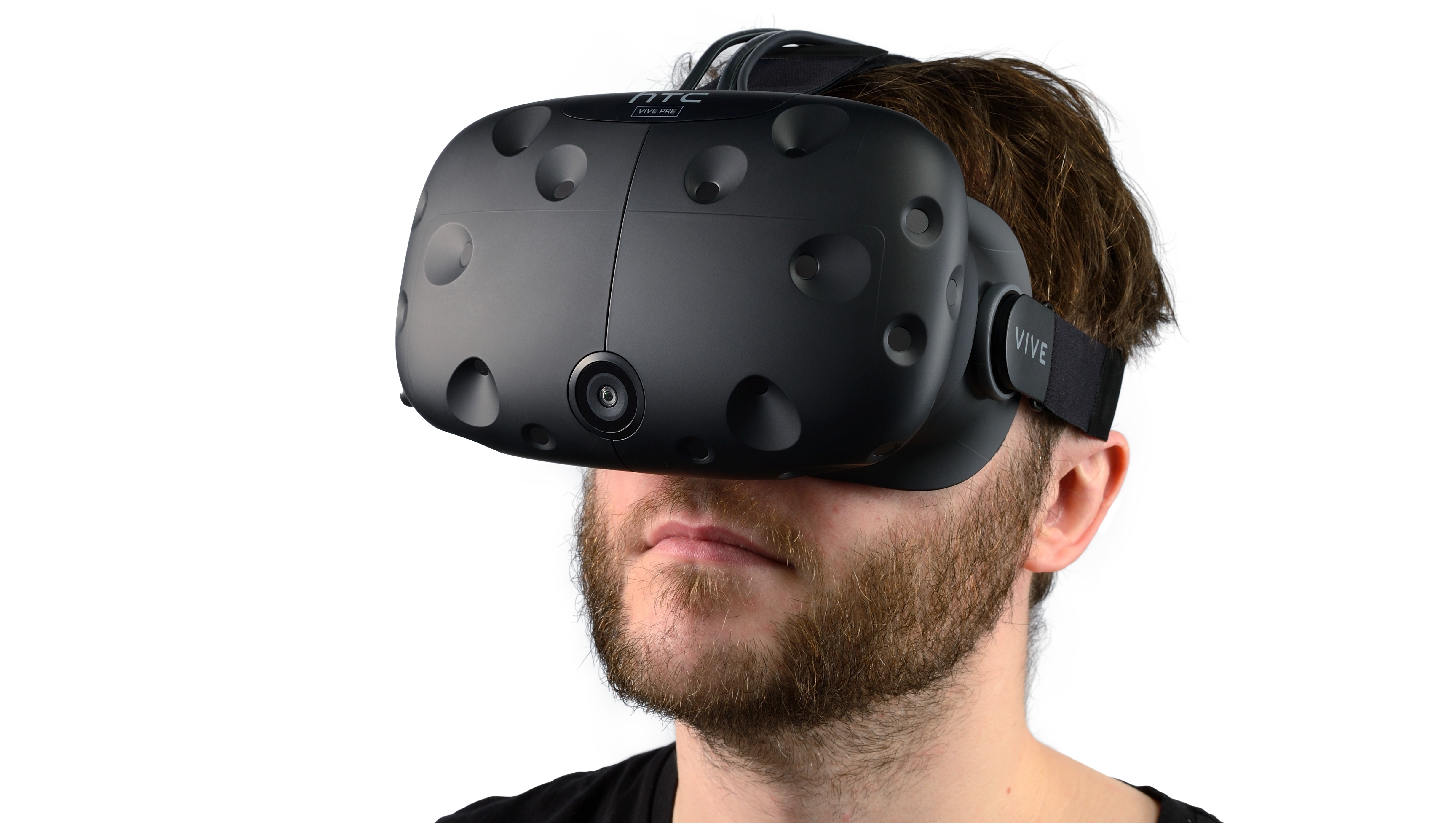
Speaking of cameras, that cyclops eye at bottom-centre is so Vive can also let you see 'through' the virtual world into the real one. As ridiculous as it might sound, this was arguably my favourite thing about the device.
That's because what you see isn't your home, but your home with a very cool, manga-ish effect put on it, slightly reminiscent, to me at least, of Killer 7, Suda51's ultra-violent Wii outlier.
As a result, Vive lets you see what's going on, so you can reassure yourself that you aren't nearly walking into your TV, or interact with visitors. Or make sure your partner isn't coming at you with a rolling pin because you're using up the entire living room to play games. What it DOESN'T do is totally take you out of the VR world.
Mainly, my flat looked f**king cool with the Vive's VR effect laid on it. It's really clever design.
Almost as clever and considerably more useful is the Chaperone system I mentioned in setup. Once you've told Vive the dimensions of the space you're using it in, by walking around the edges of that space with the controller trigger held down, it's able to put up a virtual 'fence' as you approach the perimeter.
Again, the genius of this is that it keeps you within the virtual world, but means you aren't dangerously oblivious to the real one.
The down side of this is that if you have the minimum recommended space, the Chaperone 'fence' is visible a lot of the time when you're in games that require you to move about. Which, ironically, does take you out of the virtual world.
Realistically, though the headset is probably as light and comfortable as it can be, it still isn't all that light or comfortable, and the plaited wires coming out of the top are constantly trailing around your legs. I don't think it's horrible to wear, or a trip hazard, but it makes it all but impossible to feel totally immersed in the game world.
Different people react in different ways so it's impossible to make sweeping generalisations, but I didn't feel claustrophobic or nauseous while wearing it. After an hour or so, it did feel uncomfortably - but not unbearably - hot, and I certainly felt like it was pressing my glasses into my forehead, because it was.
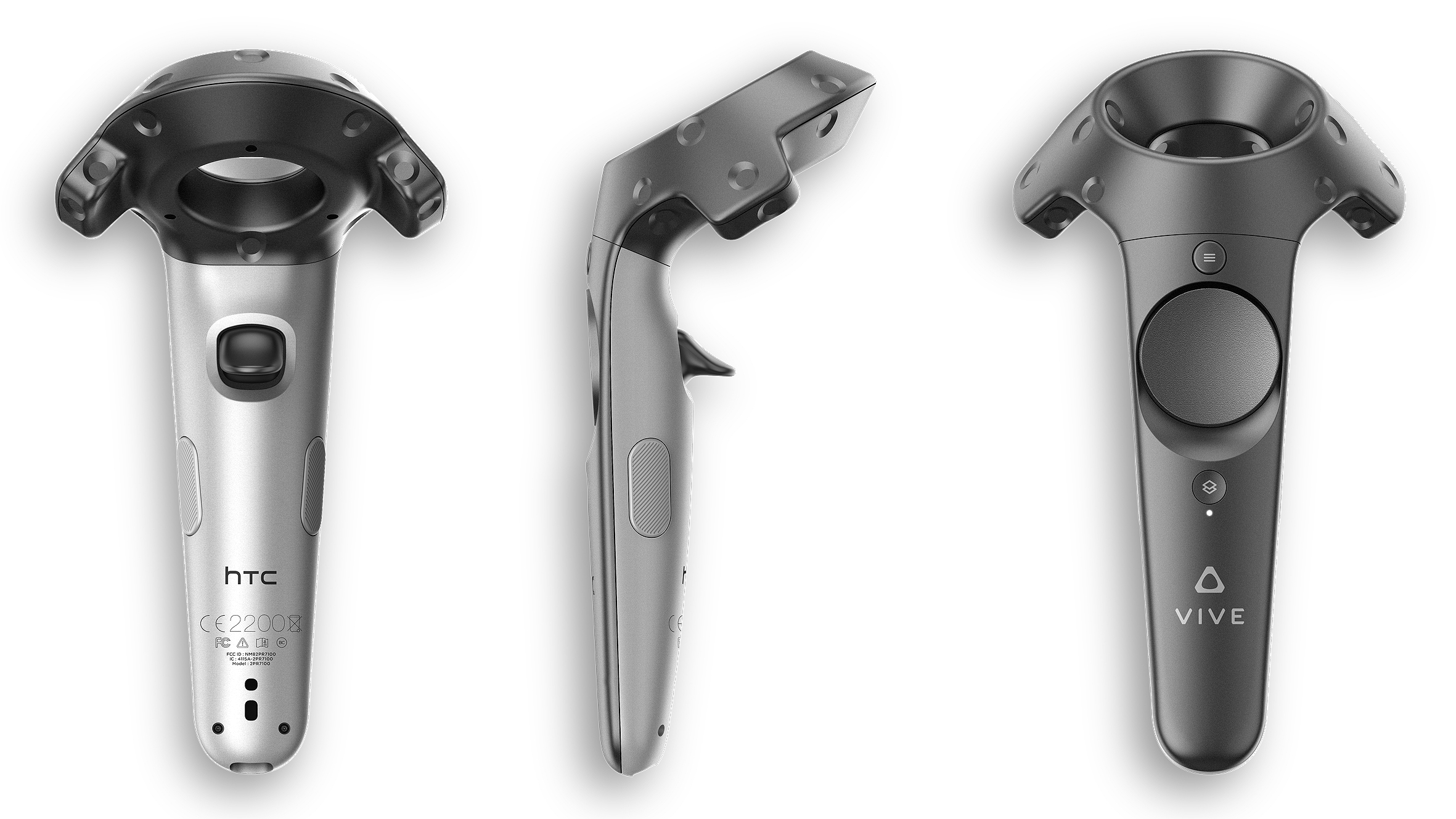
You get two wireless controllers like next-gen Wii Nunchucks, with triggers and touchpads allowing you to interact with your virtual worlds: picking up objects, throwing them away and, crucially, shooting things stone dead with them, like an absolute bad-ass. I did a lot of this, mainly in the basic-but-excellent Brookhaven Experiment demo.
As with Oculus' Touch controllers - which, it should be noted, are still not actually ready for market yet - when you look down in the VR world, you can see the controllers - or, depending on context, a gun, paintbrush, pair of hands, or whatever.
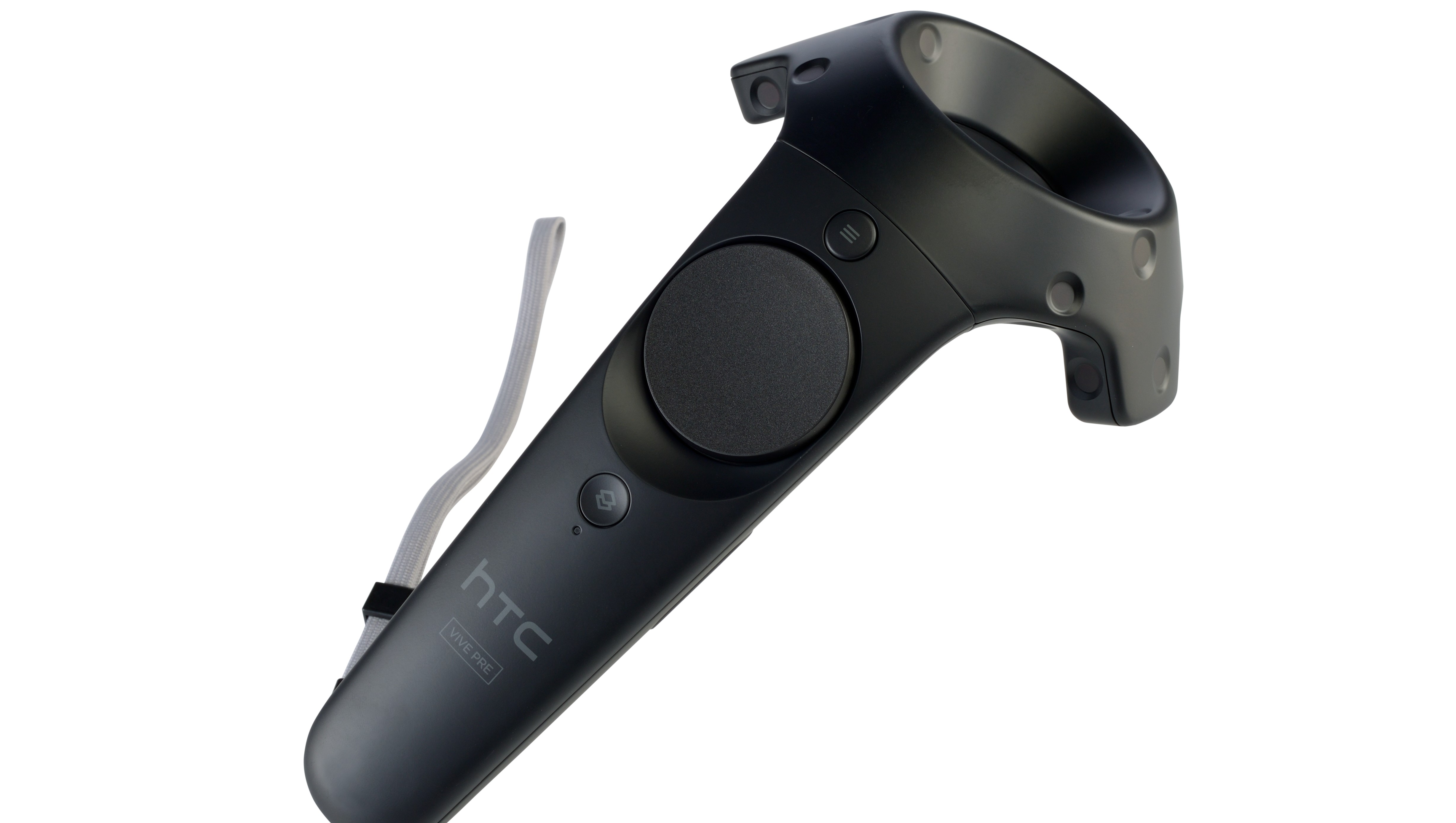
The VR experience
The main thing I will say about Vive's VR is, because you can move around in it, it is better than Oculus and better than PlayStation VR. The issue is that the same thing that makes it empirically better also makes it far harder to set up and suited to far fewer people.
That isn't where Vive's problems begin and end, though. I often felt that for everything that made the experience immersive and awesome, there was something pulling the opposite way.
The graphics are excellent, but they are clearly still graphics, and the field of view doesn't feel comparable to what we see in real life. In several games, I was trying to keep an eye on things with my peripheral vision… But a 100-degree FOV means you don't really have any.
When shooting at enemies - with a handgun in Brookhaven Experiment or a bow and arrow in one of the many excellent mini-games in Valve's The Lab - it felt and looked surprisingly real, despite the fact I know the controller was still controller-shaped in real life. However, one thing I certainly never forgot was that I had a great big plastic mask with wires coming out of it on my head.
The Chaperone fence is a stroke of genius, but it doesn't work vertically - and my lampshades have the scars to prove it.
The best of the game worlds are great, but once you're out of them, the SteamVR interface is pretty clunky, and the definition isn't high enough to render text satisfactorily.
There were also issues with the Steam software crashing - it is still in beta, to be fair.
One thing in particular I'd advise you to keep an eye on is the control box. The crash that almost caused me to give up in despair was caused by the Mini DisplayPort lead being pulled *very* slightly out of its socket. As a result, the headset stopped working, but because it was only partly pulled out, the system still thought it was connected.
So the headset was tracking, everything was fine as far as SteamVR was concerned, but there was nothing coming up in the headset. I only realised what had happened after umpteen resets and a LOT of swearing.
Despite all that, when Vive is up and flying, it is absolutely magnificent. The highs it can give you outweigh the lows. You can question whether that will still be the case when the novelty wears off, but at the moment, the novelty isn't anywhere near wearing off.
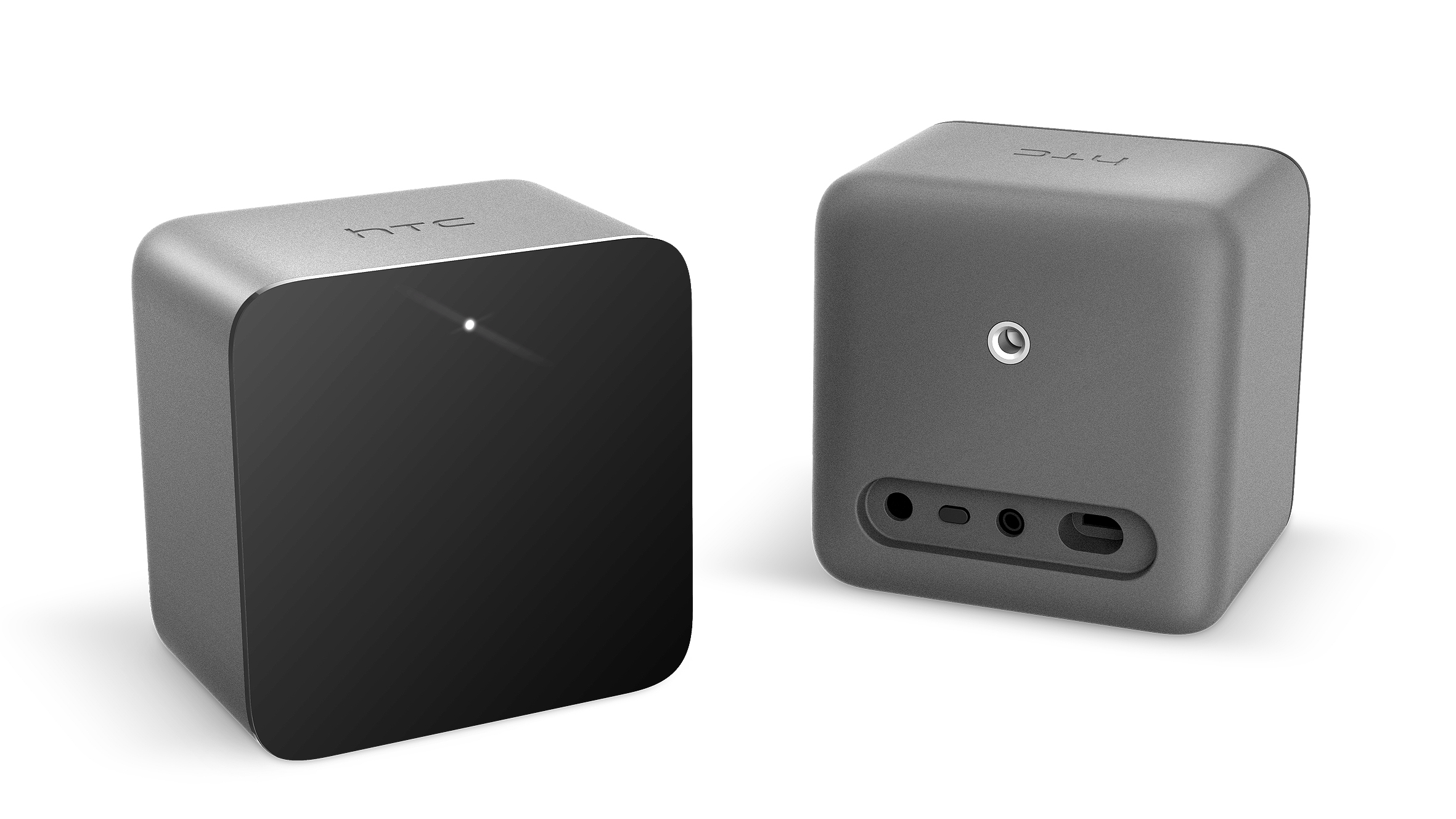
Let's play!
The Vive is in a funny place software-wise. Nobody could claim there's a lack of games and apps, and most of them are great fun. However, I couldn't see most of them having enduring appeal, and most of the ones SteamVR was pushing when I tried it out weren't free to play, which could lead to a rapid further ramping up of your expenditure.
The most enjoyable game I came across, and the one that really got the adrenaline pumping and put my lampshades in danger, was Audioshield, where you must use shields to block relentless waves of coloured orbs, which rain down on you in time to some popular tunes - everything from Black Sabbath's Iron Man to, inevitably, Daft Punk's Tron Legacy soundtrack.
That, essentially, is a glorified Kinect game, but it had definite replay value. Everything else I tried was awesome, until it wasn't.
You'd think first-person shooters would be amazing with Vive, but it seems to me that nobody's yet worked out a movement mechanic that fits with VR, and certainly not with Vive, with its mix of traditional, joystick-powered movement and actual, using-your-legs movement.
So what they do so far is either run on wheels (Hover Junkers) or place you in a very confined environment that you must defend (Brookhaven Experiement or the forthcoming Arizona Sunrises zombie shoot-fest).
Something like CoD or Halo could in fact become exhausting in VR, using a Vive controller as an automatic weapon. A Resident Evil 4 type shooter would be a more suitable candidate for conversion.
What's the verdict?
It goes without saying that, at $799 (plus another $1,000 or so for a suitable PC if you don't have one already), Vive is not going to be for everyone. It makes Oculus Rift seem positively affordable, in fact, and PlayStation VR will be far cheaper, especially if you already have a PS4.
The headset is wired, it's heavy and it's ugly. There are plenty of games but nobody has quite figured out a killer app for VR in a gaming/home user context. The sensors, in my experience, had to be wired to each other in order to work. You might have more luck getting them to run wirelessly as intended, but that wasn't my experience.
The thing is, these problems aren't really avoidable, given the limits of current technology. Certainly not without pushing the pricing to quite insane levels, and perhaps not even then.
HTC should absolutely be applauded for pushing the envelope with Vive. This is truly the stuff of our youthful sci-fi dreams, albeit in a charmingly clonky, prototypical form.
The ability to physically move within Vive's virtual worlds makes it the best of this generation of VR headsets. I also happen to think it'll make it the least successful. I don't mean this as a diss: HTC Vive is the Betamax of VR's class of 2016.
Liked this? T3 Opinion: No, VR probably won't be massive in 2016
Sign up to the T3 newsletter for smarter living straight to your inbox
Get all the latest news, reviews, deals and buying guides on gorgeous tech, home and active products from the T3 experts
Duncan is the former lifestyle editor of T3 and has been writing about tech for almost 15 years. He has covered everything from smartphones to headphones, TV to AC and air fryers to the movies of James Bond and obscure anime. His current brief is everything to do with the home and kitchen, which is good because he is an excellent cook, if he says so himself. He also covers cycling and ebikes – like over-using italics, this is another passion of his. In his long and varied lifestyle-tech career he is one of the few people to have been a fitness editor despite being unfit and a cars editor for not one but two websites, despite being unable to drive. He also has about 400 vacuum cleaners, and is possibly the UK's leading expert on cordless vacuum cleaners, despite being decidedly messy. A cricket fan for over 30 years, he also recently become T3's cricket editor, writing about how to stream obscure T20 tournaments, and turning out some typically no-nonsense opinions on the world's top teams and players.
Before T3, Duncan was a music and film reviewer, worked for a magazine about gambling that employed a surprisingly large number of convicted criminals, and then a magazine called Bizarre that was essentially like a cross between Reddit and DeviantArt, before the invention of the internet. There was also a lengthy period where he essentially wrote all of T3 magazine every month for about 3 years.
A broadcaster, raconteur and public speaker, Duncan used to be on telly loads, but an unfortunate incident put a stop to that, so he now largely contents himself with telling people, "I used to be on the TV, you know."
-
 Garmin’s on a mission to update your wrist into oblivion as 100+ tweaks land on Fenix and Enduro watches
Garmin’s on a mission to update your wrist into oblivion as 100+ tweaks land on Fenix and Enduro watchesThe latest beta update looks comprehensive
By Matt Kollat Published
-
 Apple TV+'s beloved sci-fi series gets a surprise sequel and trailer
Apple TV+'s beloved sci-fi series gets a surprise sequel and trailerWondla is coming back
By Max Freeman-Mills Published
-
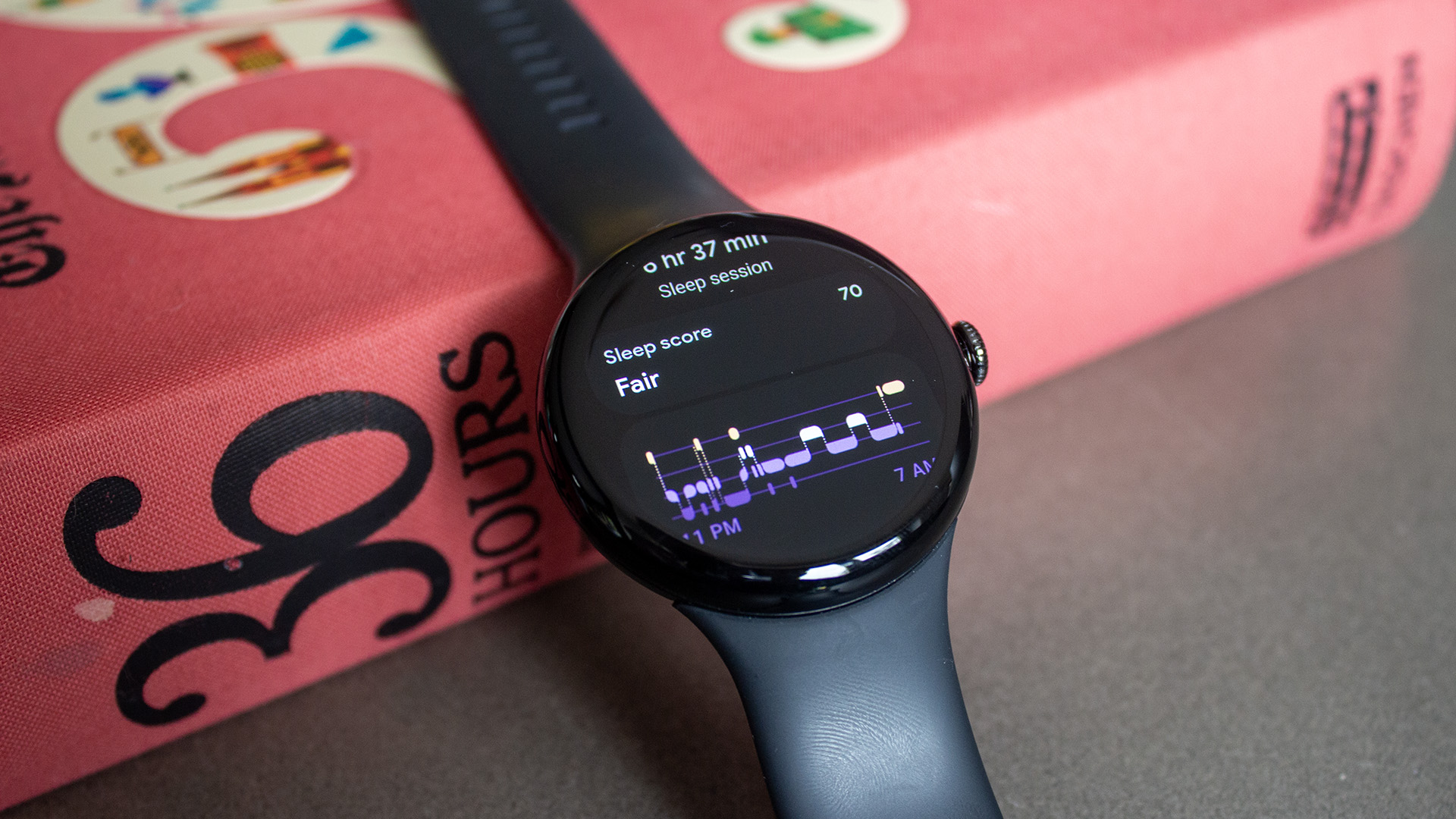 Google Pixel Watch 3 just got a potentially life-saving update in the US
Google Pixel Watch 3 just got a potentially life-saving update in the USThe latest update brings advanced heart monitoring to American wrists
By Matt Kollat Published